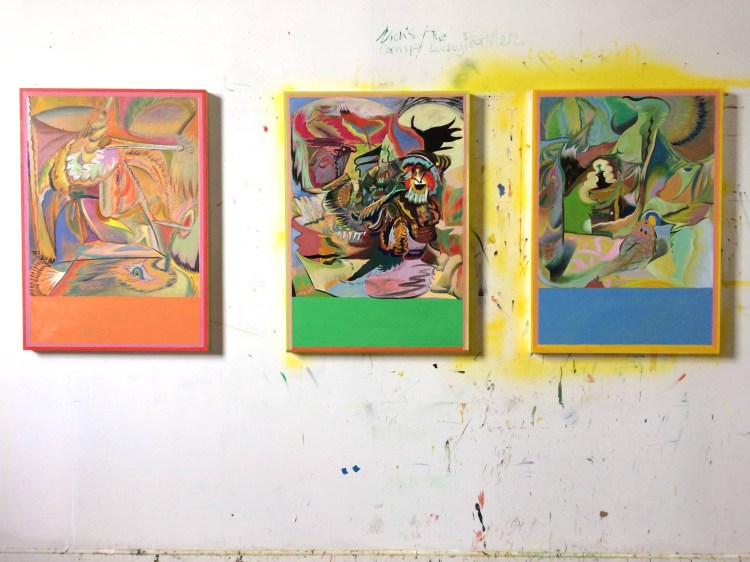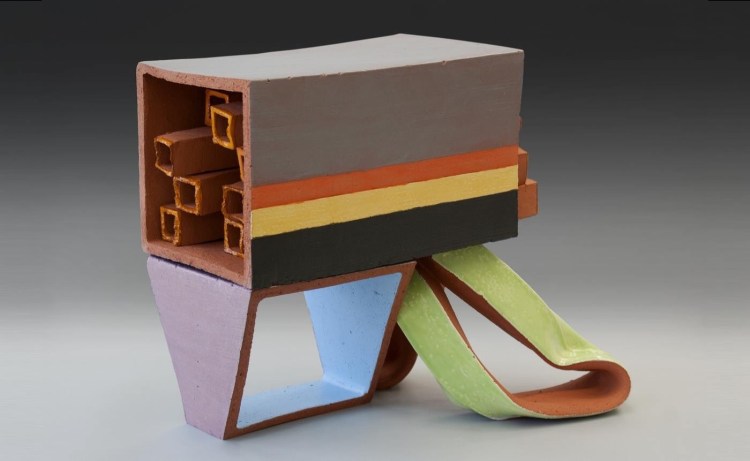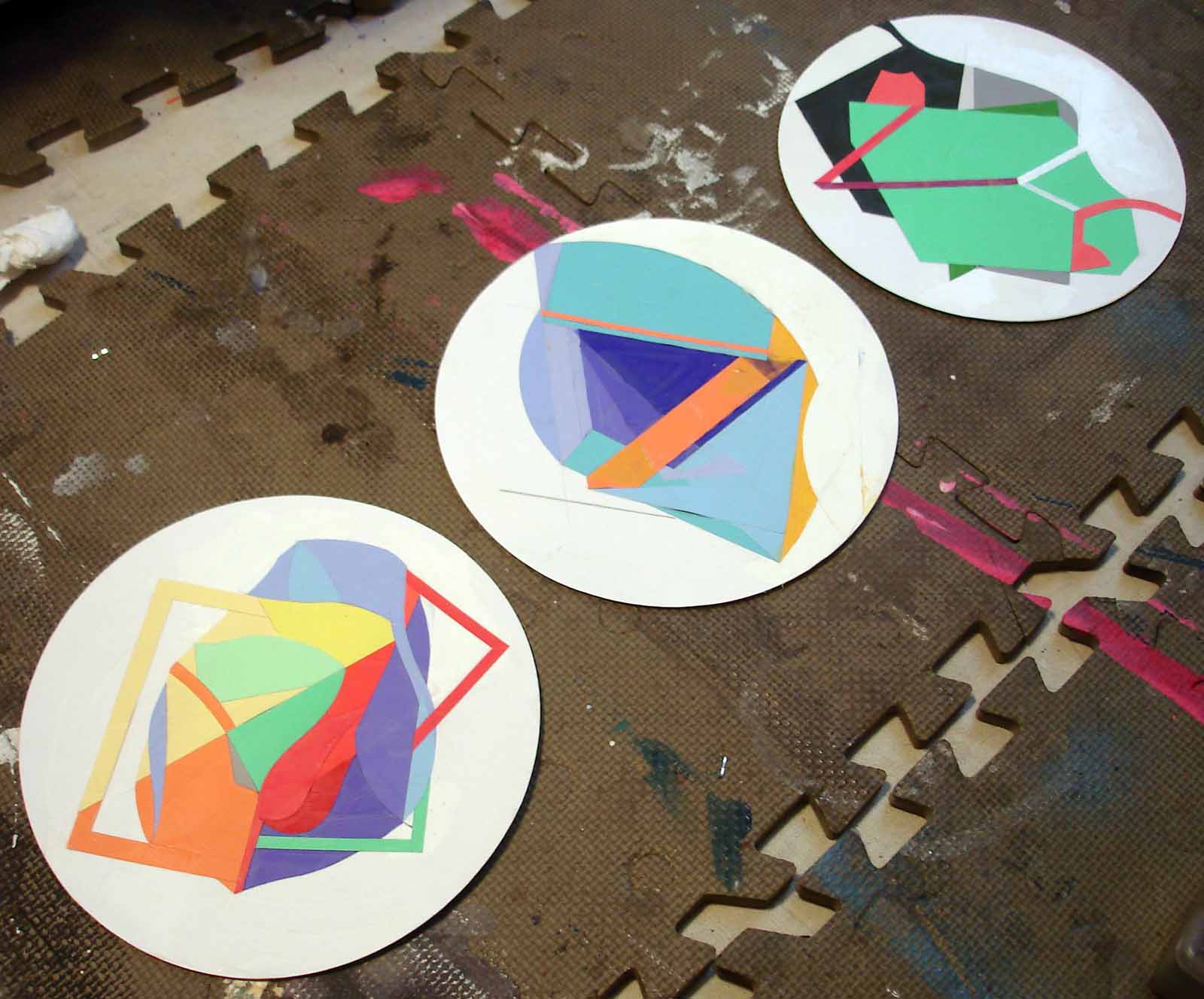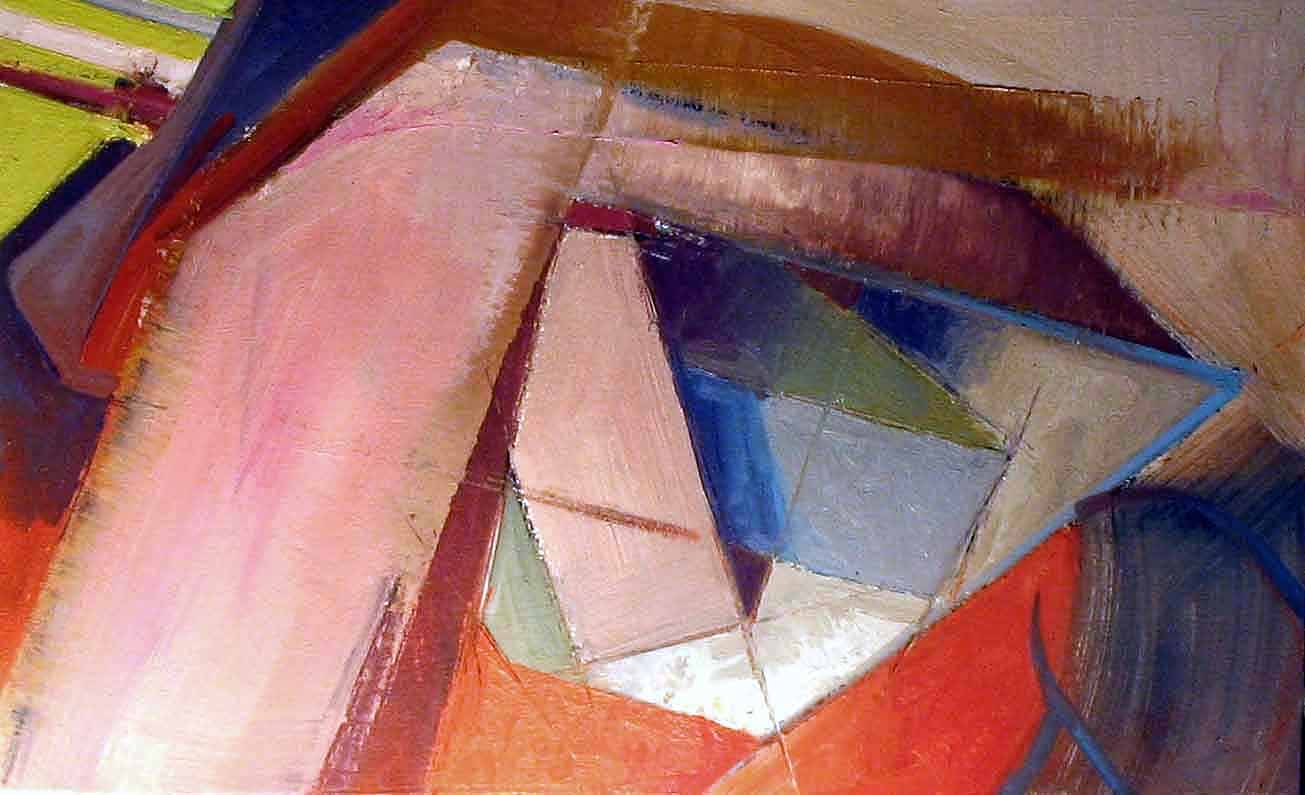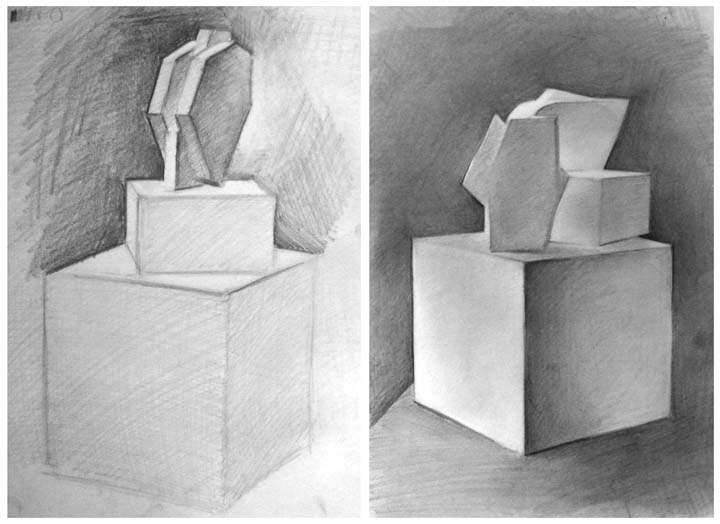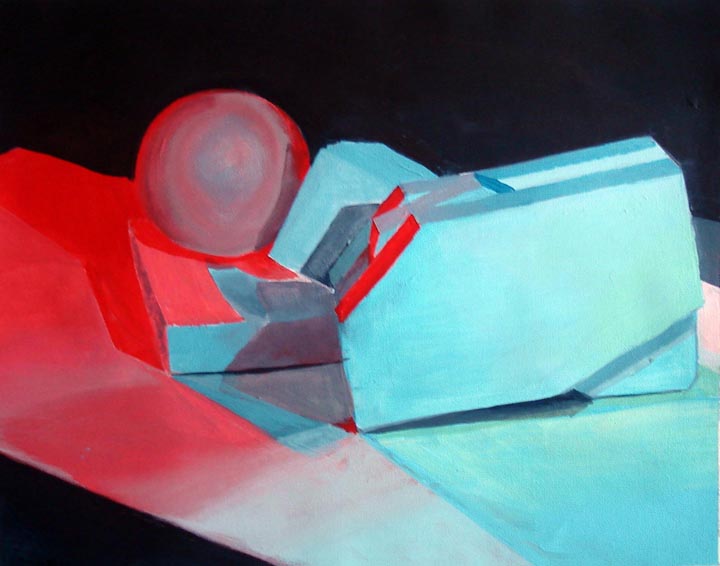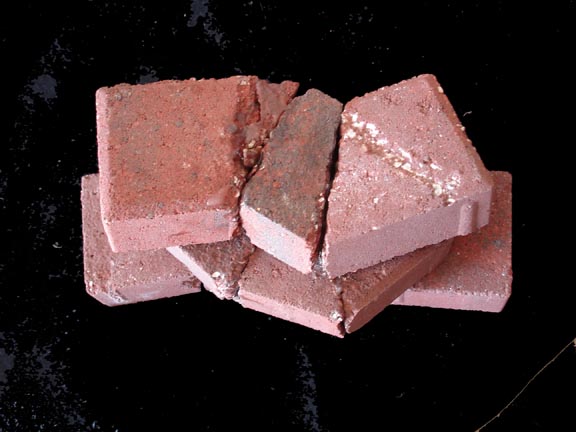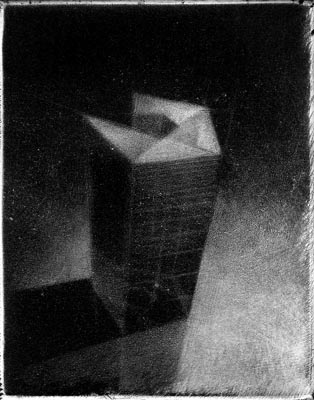I’ve been following Dr. Mark Staff Brandl for quite a while now. I particularly enjoy his Dr Great Art podcast, which has, of late, begun to feature some ideas from chapters of his forthcoming book (to be published by Bloomsbury).
His most recent podcast episode, linked below, definitely intrigues me and syncs up with a lot of the ways I’ve been thinking over the last couple of decades. Specifically, my wheneverWHEN and An Ensign For Miyoko Ito works are borrowing significantly from the kinds of ideas Professor Brandl is elucidating. My 2019-2020 collaboration with Joel T. Dugan, Phoneme, also deals with some of this.
This is how I talk about some of the motivational ideas for these series of works:
“…I seek out the compacted and the overdrawn; the enclosed and the layered; the transformed and the solidified. I look for shapes, colors, and spaces that go far beyond a simple tension between figuration and abstraction, trying instead to suggest a layered arena of observational and haptic information.
Miyoko Ito (Japanese-American, 1918-1983) – whose work has been a key influence on me over the last 20 years – was able to activate subtle surfaces with the illusion of space and an evocative sense of palpability. This is what I’m investigating: the experience of perception apart from particular, representational depiction. In my exploration, questions arise: Does flat form appear to move away from my angle of view? Will color resolve into both static surface and suggested movement? Can space and color align to reinforce both static structure and an expression of time? Might the poetics of silent, unmoving images actually produce phenomena akin to those found in dreams, memories, ecstatic sensations, and atemporal musings?”
Take a listen to the Dr Great Art podcast and see if maybe some of the things I’m saying resonate with how Dr. Brandl is thinking:
While there are many points Brandl brings up that are worth exploring (I greatly anticipate getting to read his book once it comes out), I find myself particularly drawn to the explications he makes regarding ambiguity and conceptual blending. In these areas he distills and clarifies a number of philosophers and intellectual traditions into something artists can really wrap their minds – and artworks – around.
Beyond the artists he references in his text, I think that there are a few more that very strongly connect with Mark Staff Brandl’s ideas, particularly Marcelo Bonevardi, Nicholas Byrne, Diebenkorn, Vincent Fecteau, Magalie Guérin, Miyoko Ito, and Kyle Staver, among others.
It’s exciting for my own passion for these artists to dovetail with the serious scholarship that Dr. Brandl is bringing forward. I know that I’ll be incorporating concepts from his book into my teaching for years to come. I hope you’ll join me in listening to the podcast and exploring what these ideas can mean for making and experiencing artworks.

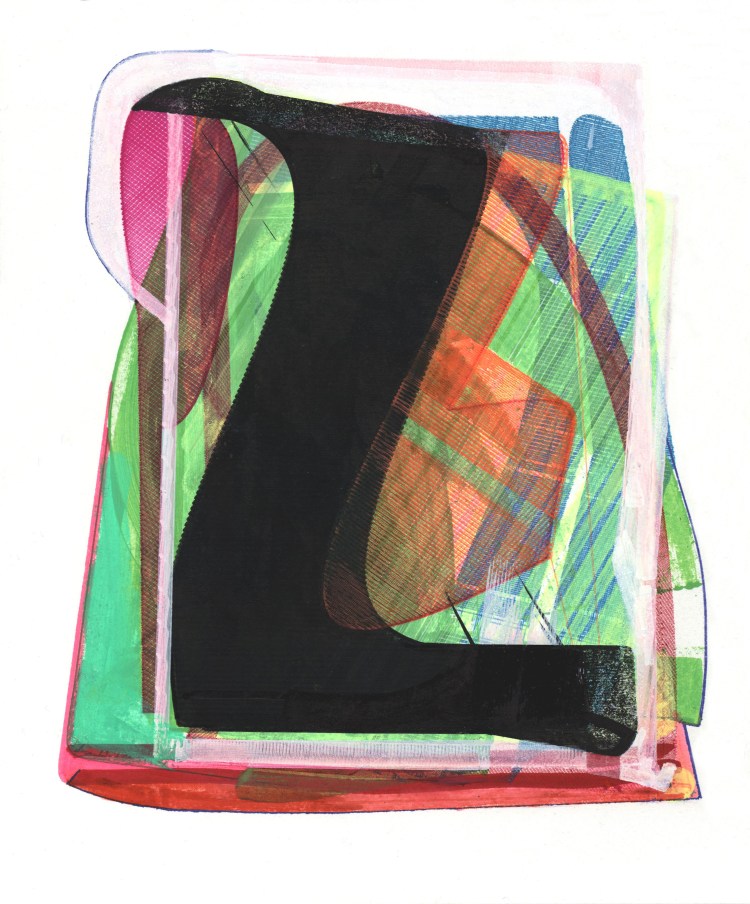

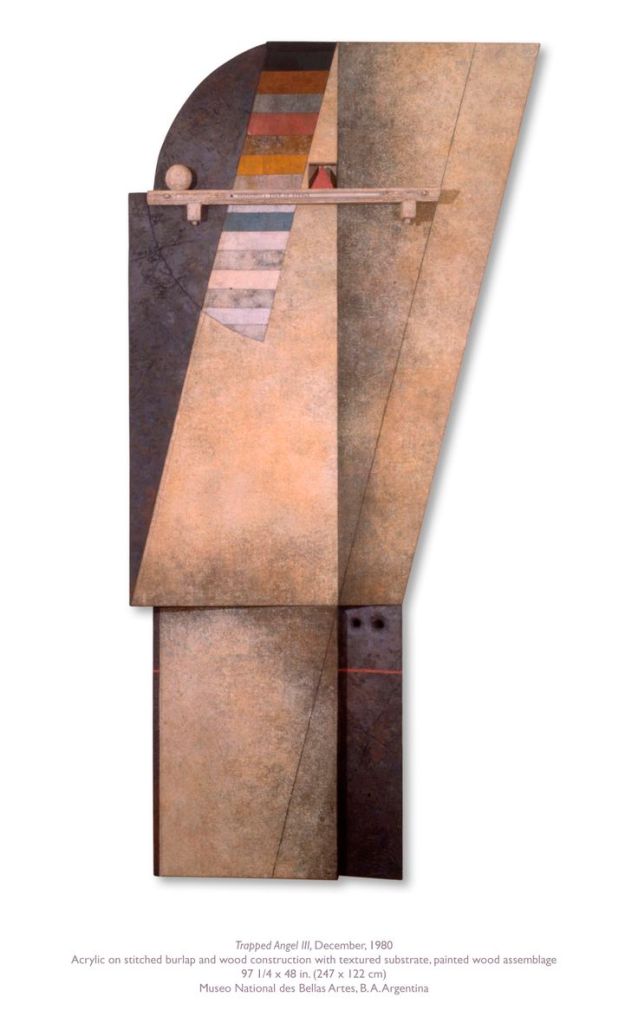
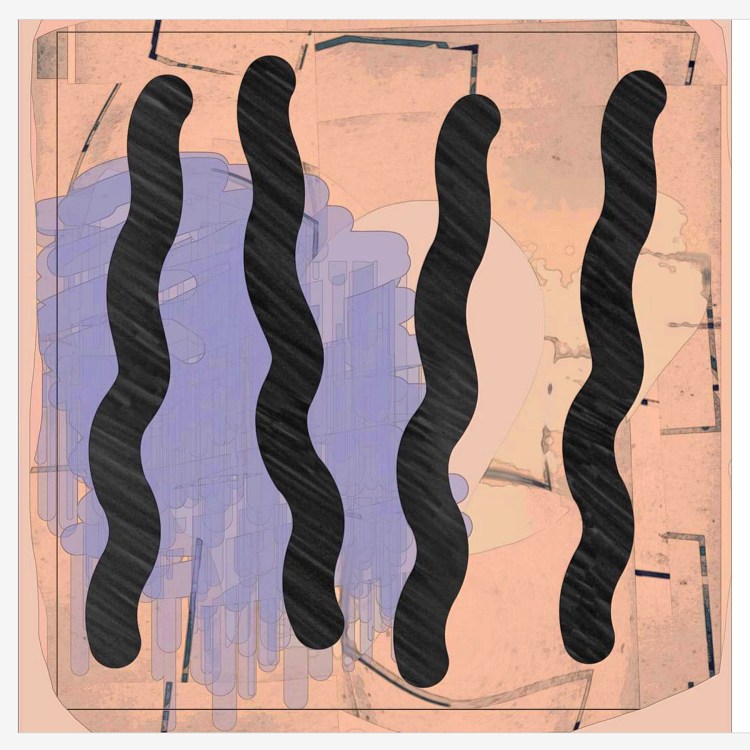
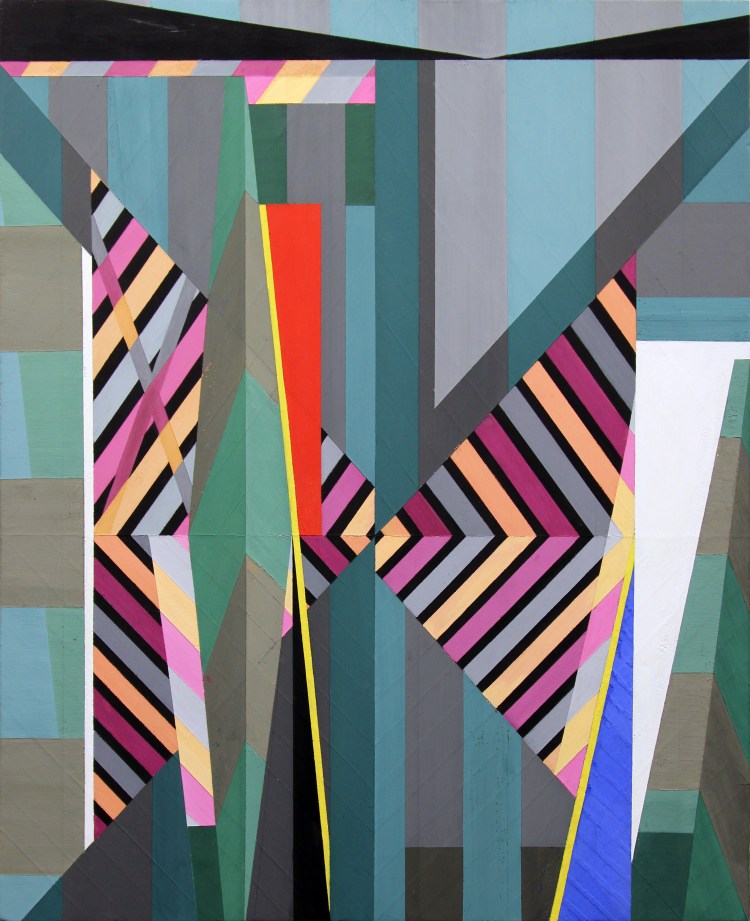 Gianna Commito – Plas. Casein and marble dust on panel. 2015.
Gianna Commito – Plas. Casein and marble dust on panel. 2015.
